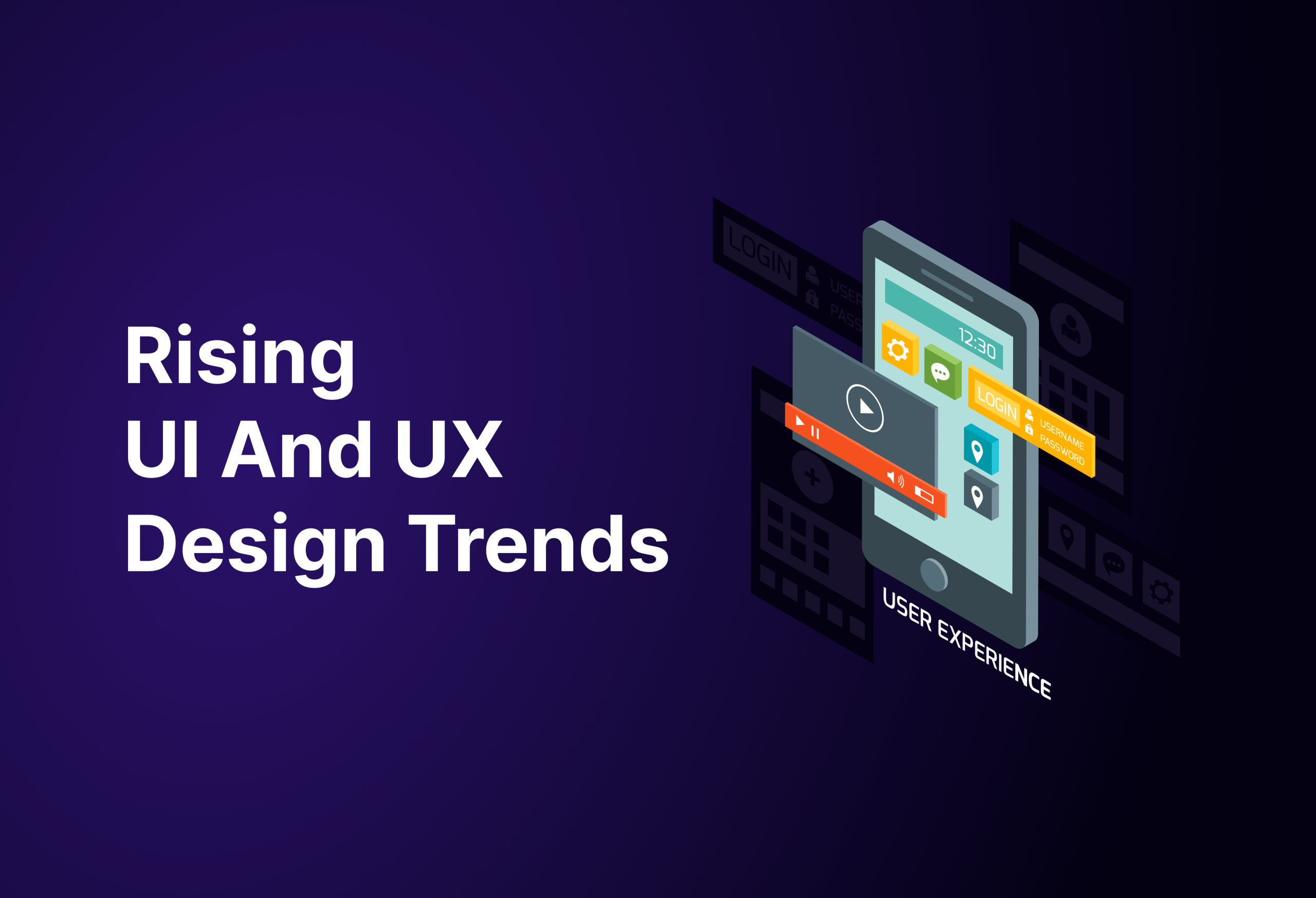Developers must know about the latest UI and UX design trends. There are a few cornerstones to remember when designing an effective user interface or user experience. However, as technology evolves, designers have more options for what they may include in apps and services. In addition, when people learn about and utilize more advanced technologies, their expectations and tastes change in tandem.
Knowing the expectations and values of modern consumers of technology products and services is essential. Therefore, developers benefit from learning about these rising UI and UX design trends. Here, we go over a few of the latest UI/UX design ideas that will be essential for new products in the near future. Additionally, there are AI-driven, cutting-edge technologies, and procedures that promise to improve the user experience for everyone.
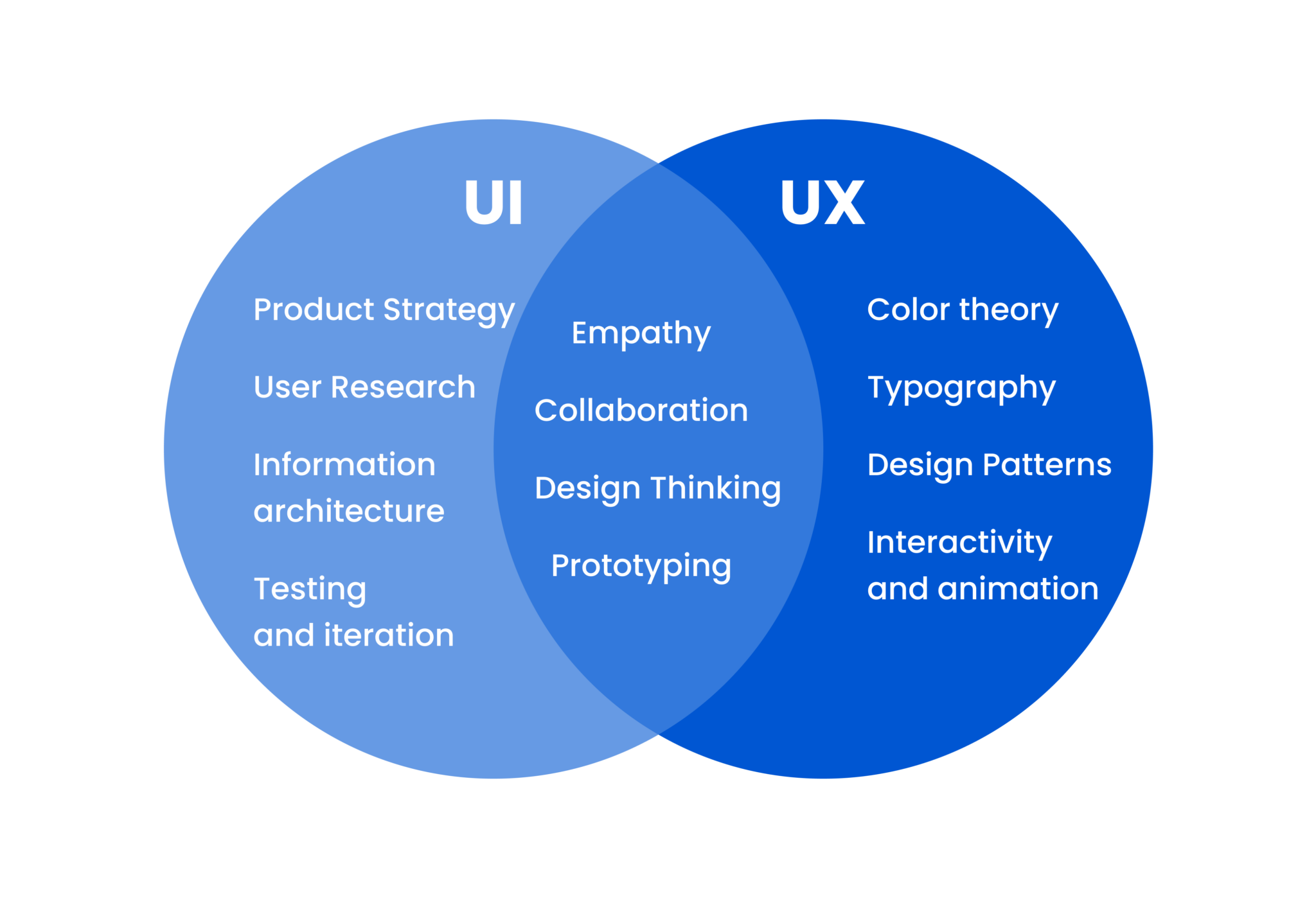
Rising UI and UX design trends
Senior-Friendly Design
Designing with seniors in mind is essential. Senior citizens have become more tech-savvy these days. There is no doubt that the COVID-19 epidemic has accelerated this trend. Since today’s youth are born into the digital age, there will be a constant rise in the need for these solutions. Making your solutions accessible and comfortable for everyone will help you build your user base. One way to do this is by adding the option to pick a senior-friendly interface. Designers may therefore concentrate on making a user-friendly and accessible digital experience for the elderly. There are a number of approaches that can do this, including:
- Giving clear, conscious instructions
- Simplicity enhancement
- Making adjustments so that they better suit the tastes and requirements of the elderly
Making the Most of Usage Data
Utilizing data on user interactions to guide UI design decisions is fantastic. Nevertheless, more is needed to know how the underlying services are used. For example, we can consider music streaming. Details like how long users listen to music, whether they prefer to make their own playlists or utilize auto-generated ones, and so on are just as crucial as the buttons users click.
Rising UI and UX design trends: microanimations
As a vital component of an excellent UX, motion design—micro animations—is no longer perceived as a secondary concern. In addition to adding visual appeal to interactions, they also assist the user in completing tasks. Even the most tedious work may be transformed into an enjoyable experience with careful animation. Without a doubt, this enhances the user experience.
Navigation via gesture
Gestural navigation is becoming more popular as touch-enabled gadgets become more commonplace. Simple hand movements like swiping, pinching, or dragging make navigating interfaces a breeze.
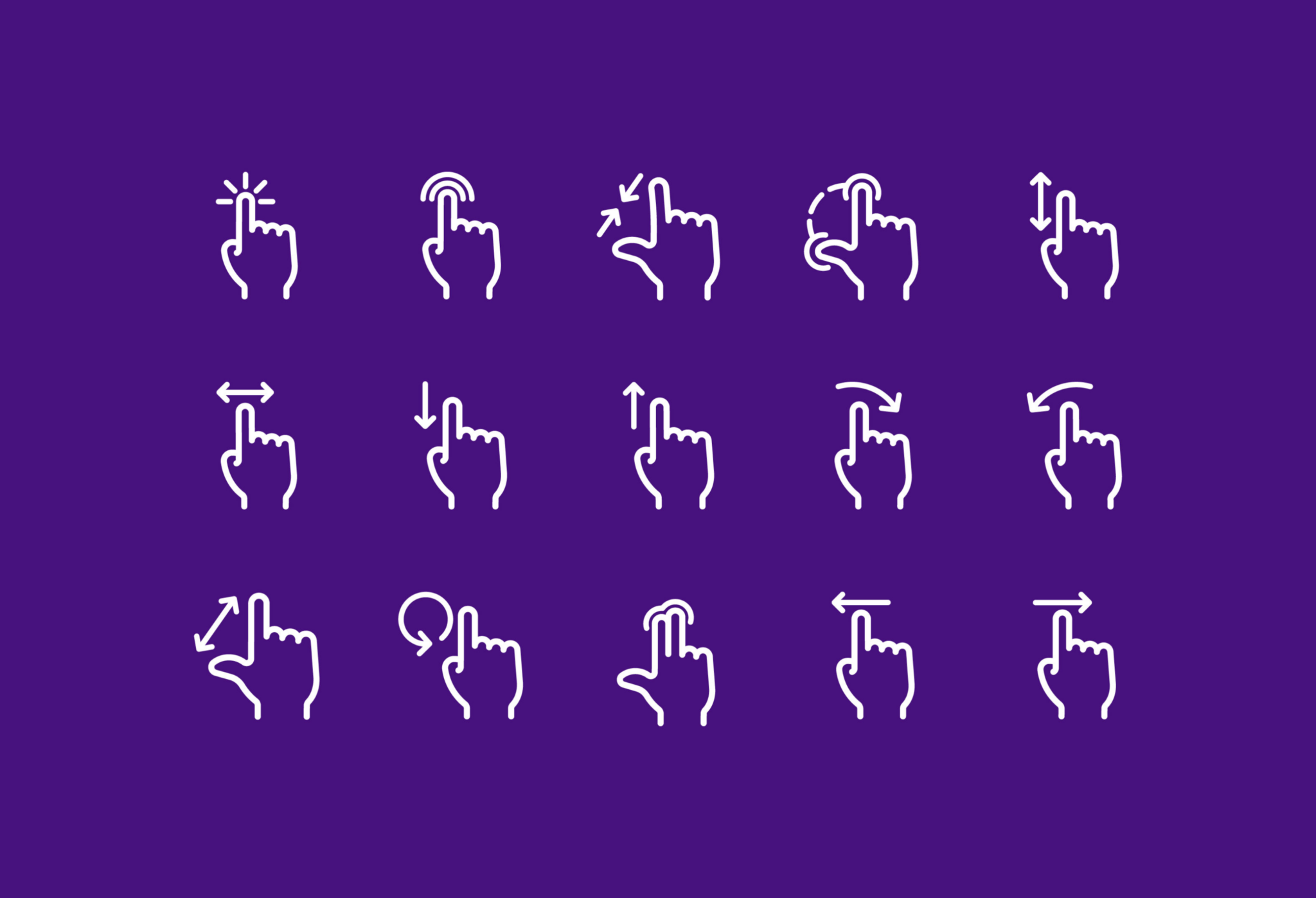
Glass Morphism
Glass Morphism is one user interface concept that is becoming more popular. Somewhat see-through elements, like glass, blur the backdrop. This also uses contrasting, vibrant hues, which are all part of this style. With Glass Morphism, one may design user interfaces with unique, aesthetically pleasing, and contemporary styles. It becomes much better with the advent of AR and VR, which provide very immersive interfaces. So, Glass Morphism is undoubtedly one of the rising UI and UX design trends to consider now. Keep in mind that design trends can change over time, so what’s popular one day might not be popular the next.
Subdivided Functionality
For micro-experiences like widgets and watch applications, dividing an app’s functionality into smaller parts is essential. With just three or five seconds to engage, you need to consider what kind of interaction your consumers want. Therefore, you should prioritize adding features that your consumers value the most. This might be anything from monitoring the status of an order to being able to reorder. Other examples include pausing content playback or having a peek at an app’s content.
UX and tech collaboration
A clear trend in design is for UX and tech workers to work together and use new joint AI tools. These advanced tools make it easier for them to handle everything from UX research to testing. Another necessary talent for today’s product designers is the ability to collaborate with engineers to create designs for novel surfaces, such as those used in automotive and immersive experiences. You can read our Top Android Application Development Trends in 2023–2024.
Role-Specific Design
This is among the top UI and UX design trends for the coming years. Now, it’s up to the developers to create a product that accommodates all user roles. Managers expect distinct results from front-line employees and senior executives, and vice versa. Software that can adapt to the needs of different parts evolves with its users. Users may maximize a solution’s potential by customizing the most basic features, such as when to offer reporting.
Emotional Design
Usability metrics like speed, simplicity, and performance are vital. Nevertheless, it is critical to consider the emotions we hope people will have when using our applications and websites. Users may be prompted to execute a specific activity based on emotions like joy, sadness, enthusiasm, or sorrow.
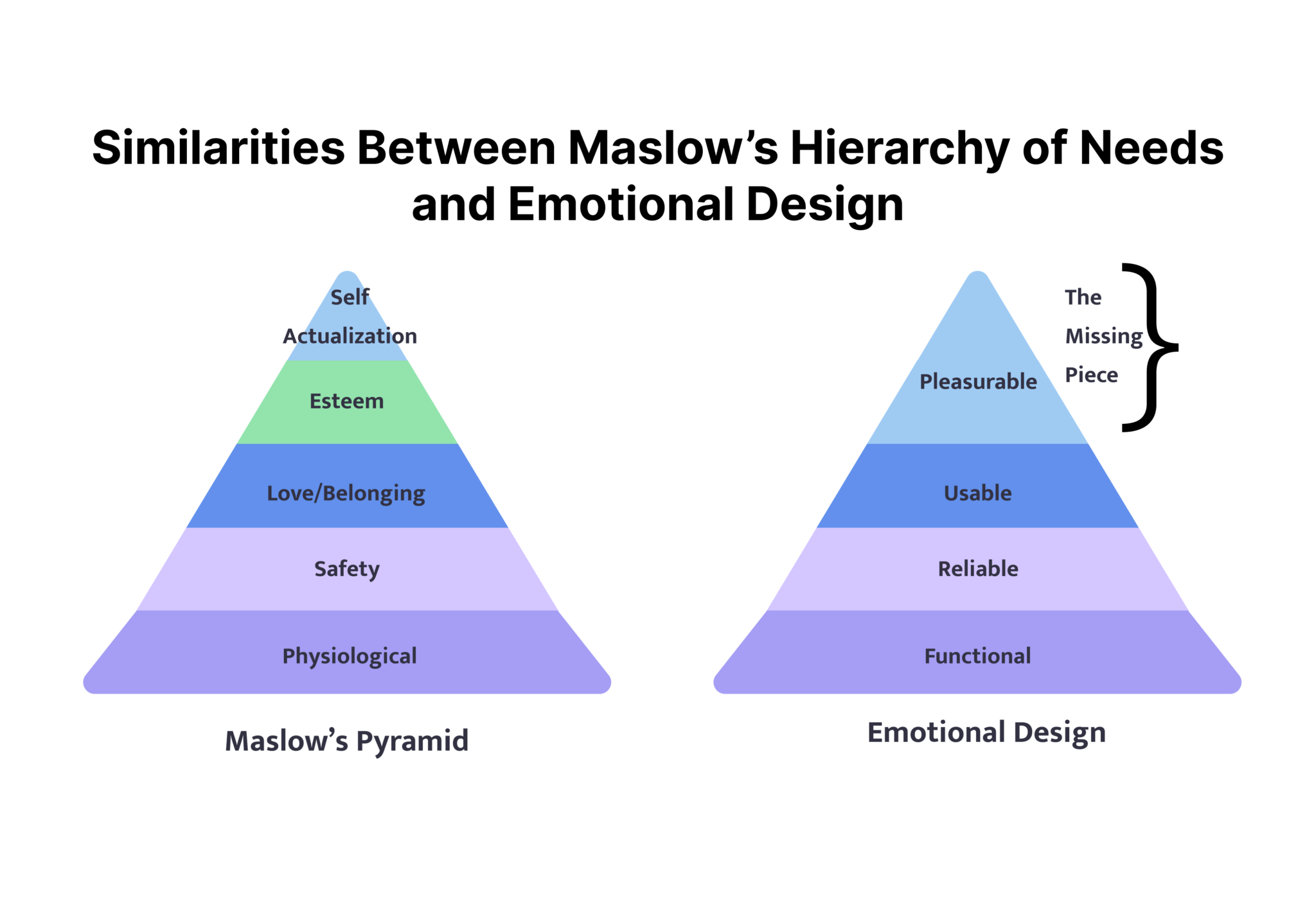
Microinteractions
Microinteractions, when done well, show how meticulous a design team is and make a product more fun. The little, often unnoticed features, icons, and animations that make up a user interface and serve to engage and inform the user are trending micro-interactions. Products with interactive elements like loading spinners and hover effects have more character and a more engaging user experience.
Progressive Disclosure
Nowadays, every smartphone design is complete with progressive disclosure, a UI and UX trend. The primary screen only displays essential functions, with all other options separated under submenus. Progressive disclosure has gained popularity because of its smooth user experience. However, implementing well is only possible with thorough research, using A/B testing, and assuming the user’s intent.
Conversational Interfaces
The continued rise in significance of conversational interfaces driven by big language models is seen with the release of ChatGPT 3.5 and ChatGPT 4 by OpenAI. We anticipate that software products will provide LLM-based interfaces as standard fare in the next twelve months.
End-User Input
Many users now voice their wish to have a say in an application’s functionality. Given that users are often bombarded with several displays and clicks that could be more efficient and connected, it is reasonable that consumers would experience this with megatitles and other apps. Fortunately, this will soon change since composable apps allow businesses to create their own user experience. In summary, end-user input is something that we must consider when analyzing rising UI and UX design trends.
Text input and output
Most people nowadays consider text input and output to be an outdated approach that was prominent when touch interfaces were the norm. Now that LLM-powered libraries are available, designers of new products will consider natural language input essential. Conversation with a product, whether by typing or voice recognition, will replace the traditional “tap.”
Optimizing for Mobile Devices
A “must have” instead of a “nice to have” was the rapid rise of mobile-optimized design. Every developer knows mobile compatibility is a must-have for any product or app. We must now provide consumers with the best possible experience. Therefore, developers must ensure that their products and apps are compatible with mobile devices and have responsive interfaces.
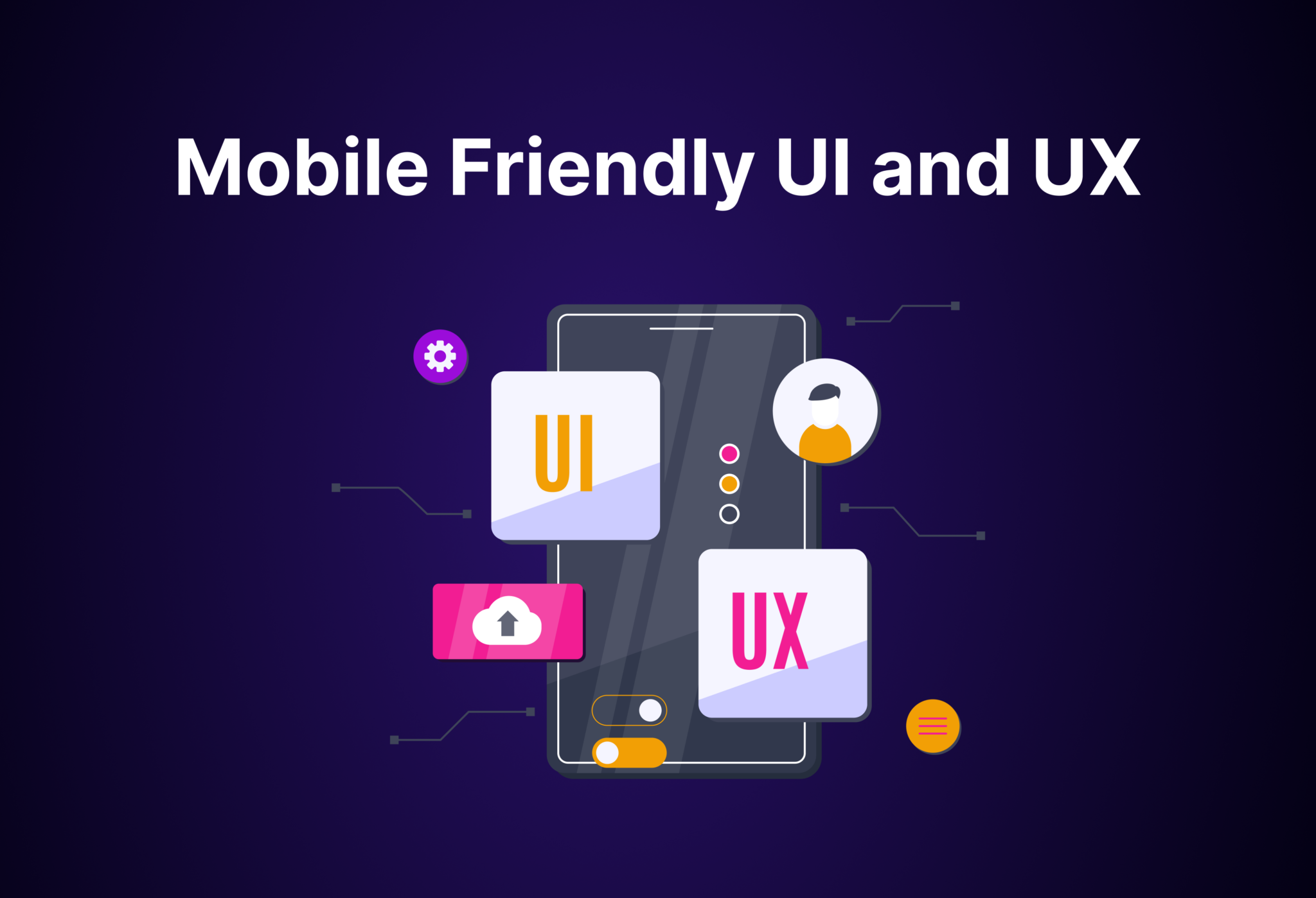
Interconnectivity
Within isolated ecosystems, there is already a growing need for interconnected services and products. For real, seamless cross-movement—the holy grail of tech’s rapid advancement—experiences must transcend ecosystems, industries, and domains. Businesses face the challenge of meeting the increasing demand for hyper-personalization. This necessitates innovative partnerships with other entities.
Dark Mode
A must-have feature in modern user interface and experience design is dark mode, which is rising. Dark mode has gone from a niche feature to a popular choice due to its attractive design, energy efficiency, and less strain on the eyes. If they want to make their users happier and provide more options, designers must include this in their plans.
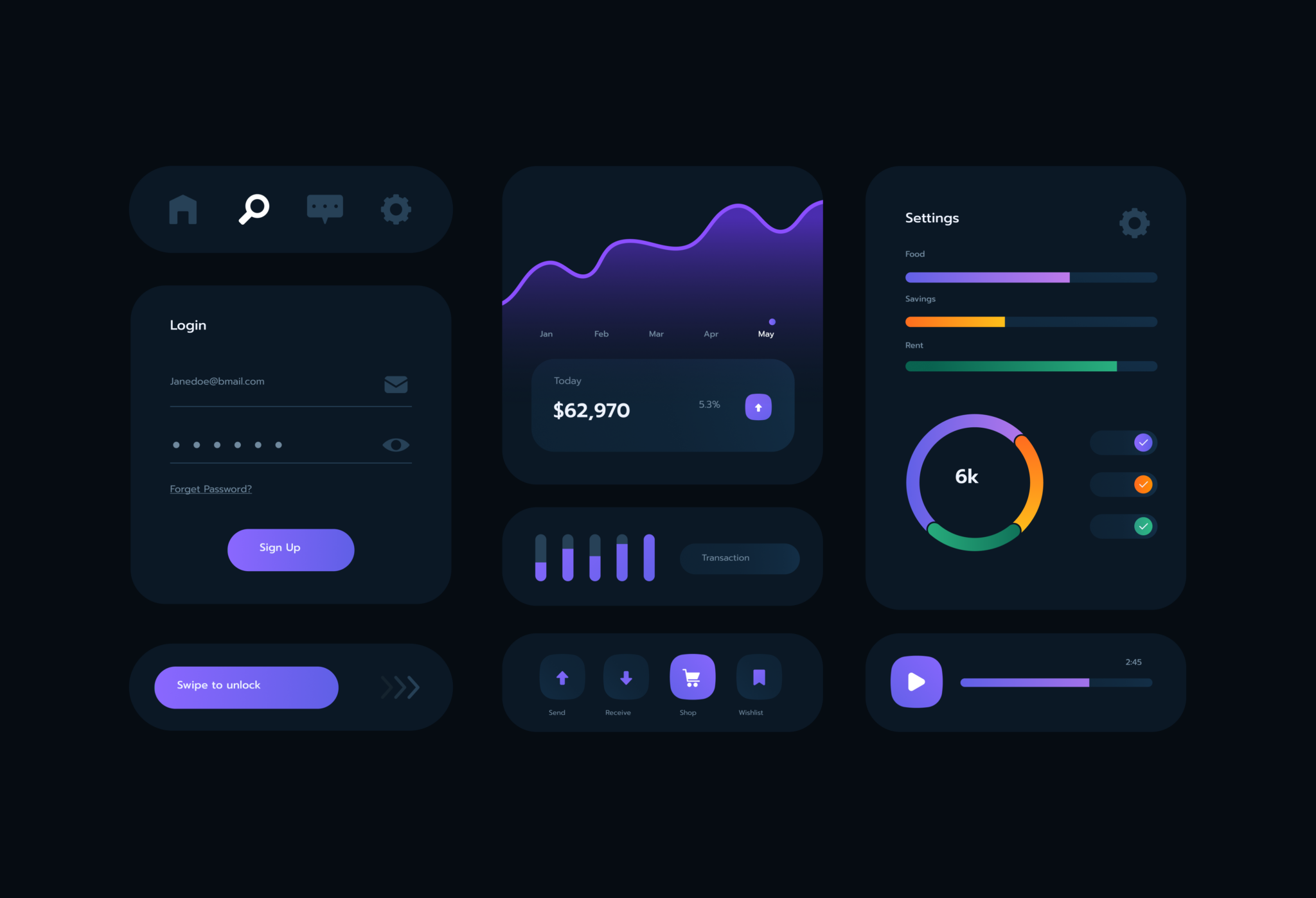
Simplicity
The need for “simplified” user interfaces is the one constant in feedback loops for product design. The first thing that usually comes up is, “Can we make that easier to use or more obvious?” Very few people want to say it since it’s obvious, but everyone eventually does. Amid all the information we want to impart, simplicity should be addressed.
Design Systems
History has devalued and optionalized design systems, sometimes known as style guides or pattern libraries. Nevertheless, modern society can only function with design systems. Developers and designers can work together more efficiently using reusable component management tools like Sketch and Figma. These tools speed up the design process and improve design quality and development cycles.
Inclusive Design
From a somewhat unimportant trend to a must-have, inclusive design has suddenly become a significant player in creating new products. It stresses making things that anybody, regardless of their skill level or physical condition, can use. Not only does accessibility guarantee conformity with accessibility standards, but it also improves the user experience.

